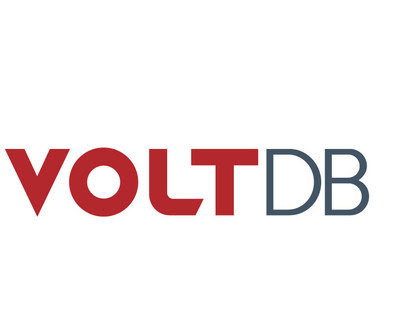SEOUL, South Korea, Sept. 1, 2021 /PRNewswire/ — Seegene Inc. (KQ 096530), South Korea’s leading molecular diagnostics company, announced on August 20 that it has obtained CE marking for the use of Combo Swab, a self-collection device with four diagnostic assays.

Combo Swab is a user-friendly swab designed for efficient specimen collection at scale in which patients can easily collect specimen from their nasal and oral cavity under the supervision of a healthcare professional. With the CE-IVD mark, the Combo Swab can be now used with Seegene’s four COVID-19 diagnostic assays including ‘Allplex™ SARS-CoV-2 Assay,’ ‘Allplex™ SARS-CoV-2 Master Assay,’ ‘Allplex™ SARS-CoV-2 Variants I Assay’ and ‘Allplex™ SARS-CoV-2/FluA/FluB/RSV Assay.’ Seegene’s multiplex assays have been widely acknowledged across the world with its capability to detect multiple targets in a single channel. The availability of Combo Swab with the company’s diagnostic assays is expected to dramatically improve testing efficiency by facilitating continued testing for a large group of people in much reduced time.
The Combo Swab offers multiple benefits while reducing various inconveniences that nasopharyngeal swabs have. In comparison to the nasopharyngeal swab that needs to insert deeply patient’s nasopharynx until resistance is encountered, individuals can collect their own specimen by simply swabbing their mouth and nose without causing any discomfort. Due to its simplicity, it does not require healthcare professionals to take care of each patient, which in turn, allows efficient testing for a large group of people. While Combo Swabs can drastically improve the testing environment for mass testing, it also reduces the risk of accidental exposure to the virus for clinicians as they can maintain distance during the testing procedure. In July 2020, the company had applied for a patent on technology that detects SARS-CoV-2 virus through specimens collected from mouth and nose. Seegene said this new testing option will not only expand access to COVID-19 testing, but also minimize the workload for healthcare workers, resolving clinician shortage issues in many countries around the world.
Clinical data shows Combo Swabs have accuracy of over 96%, the same accuracy as the results from nasopharyngeal swabs. Countries like the US, UK, and Singapore have already adopted self-collecting devices such as oral and nasal swabs to scale up testing. Most self-administered testing, however, obtains samples from one’s mouth or nose, while Seegene’s Combo Swab collects specimens from both mouth and nose, therefore, the results obtained using Combo Swabs show higher accuracy over other self-collecting devices.
“With the rapid spread of the Delta variant, surveillance testing is the key to curb the further spread of COVID-19. Under such circumstances, Combo Swabs will facilitate efficient mass testing with its high accuracy,” said Min-Cheol Lee, Seegene’s Chief Technology Officer. “Seegene owns unique multiplex technologies which obtained over fifty original patents of detecting multiple virus genes in a single test. The combination of Combo Swabs and Seegene’s high multiplex technologies will certainly be the optimized solution to scale up the COVID-19 testing and be an essential tool for societies to reopen,” he added.
Logo – https://mma.prnewswire.com/


